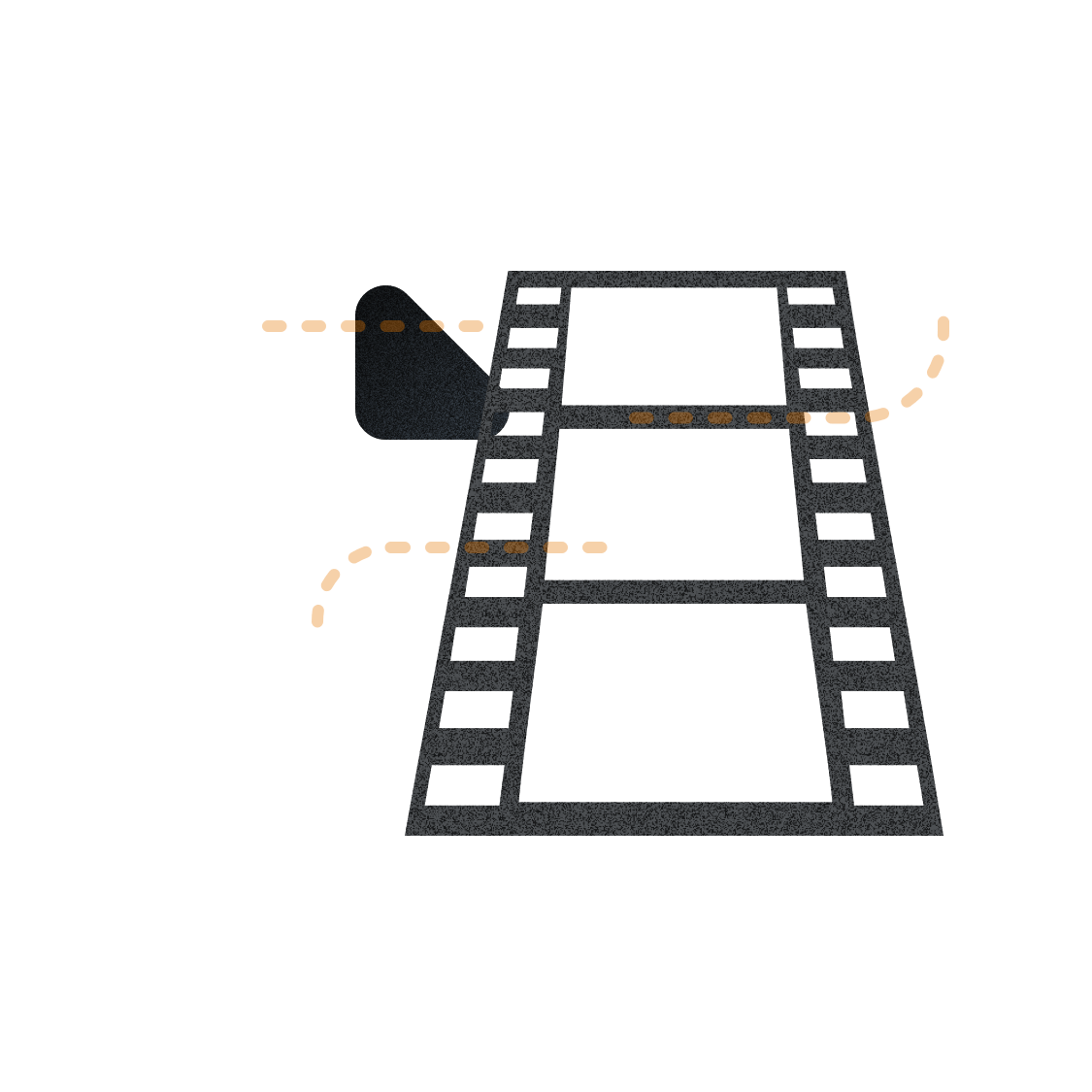
Globe Trekker 3
None | Documentary | 13 episodes18 Seasons
Episode
Syria, Jordan & Lebanon (0000)
Traveller Ian Wright begins his journey in the Middle East in Jordan. In the Wadi Rum desert he joins guests at a Bedouin wedding. Before travelling south to the ruins of Petra he rides a camel and has a swim in the Dead Sea. After Jordan, Ian travels on to Lebanon. In Beirut he rides with a motorbike brigade, then heads south into the occupied zone where he talks to the UN peacekeeping forces. Ian's next destination is Baalbeck in the fertile Bekaa valley, one of the most spectacular Roman temples in the world. It was a major place of worship sacred to the god Jupiter. Ian begins his visit to Syria in Damascus, where he observes the 'jumping sufis' experiencing religious ecstasy in a mosque, and relaxes in a Turkish bath. In Aleppo, Ian goes shopping in a large outside market called a Souk, then goes to see some clay beehive style houses nearby. He is introduced to the world of the 'whirling dervishes', one of Islam's important mystical orders, inspired in the 13th Century by the poet Mevlana Rumi. The final leg of his journey takes Ian south east to the ancient Roman desert town Palmyra. He ends his trip in the peace and quiet of a desert monastery.

Directed By
- Jeremy Lovering
Ethiopia (0000)
Traveller Ian Wright Ian begins his exploration of Ethiopia in the northern highlands of Axum. He visits the oldest church in Ethiopia, which is supposedly the resting place of the Ark of the Covenant, and also attends a native wedding. An 8-hour bus journey takes Ian south to Lalibela in time to attend the most important festival on the Ethiopian calendar, Timkat. After the celebrations Ian visits the 11 churches hewn out of rock, which the locals believe were built by angels. He also finds out how aid donated by the West has helped Ethiopia since the famine of 1984. Ian's journey takes him to Bahar Dar, where he visits the spectacular Blue Nile Falls and samples some of the local cuisine with a couple of fellow British travellers. From Bahar Dar, Ian travels to the Ethiopian capital, Addis Ababa. After drinking coffee with the locals, he goes bargain-hunting in Mercato, the biggest outdoor market in the whole of Africa and is pampered in a local hydrotherapy centre. The town of Harar is Ian's next stop, where he takes part in the popular pass-time of chewing a plant known as chat. He visits the Hyena Man, who is famous for feeding hyenas with his bare hands - surely one of the world's most bizarre tourist attractions. Flying via Addis Ababa once again, Ian travels south to Shashemane, passing through Lake Langano, one of several giant lakes in the heart of Ethiopia's great Rift Valley. A local Rastafarian community invites him to attend a coffee ceremony. The final leg of the journey takes Ian to the very south of Ethiopia, to the town of Arba Minch and the Mago National Park. He has his fortune told from a goat's intestine by the Hamar tribe, takes part in the bizarre macho ritual of cow jumping and is challenged to a stick fight by a member of one of Africa's fiercest tribes, the Mursi.

Cuba & Haiti (0000)
Traveller Ian Wright Ian skydives onto a Havana beach, where he begins his journey through Cuba & Haiti. He explores the bustling street markets in Havana and discovers the back-streets Waterfall in Camaguey which throb to the sound of the Rumba. From Havana Ian travels west to the tobacco province of Pinar del Rio where he lends a hand to the guajieros, visits a cigar factory and stays in the somewhat unusual holiday resort built by Fidel Castro's lover. Ian visits the site of the American invasion in the Bay of Pigs before arriving in Santa Clara, home of the Che Guevara University, where the famous revolutionary's memory is still very much alive. Camaguey is the wild west of Cuba. Ian tries his hand at rodeo and visits a paladar. Just outside Holguin he visits a marine park where he swims with the dolphins - an awesome experience. Santiago de Cuba is the music capital of the country. Ian visits El Cobre, takes a trip to Dinosaur Land, a bizarre theme park built by criminals on community service, and climbs the Gran Piedra. Ian continues his journey to Port au Prince - the capital of Haiti, which is the oldest black republic in the world. He stays in Haiti's most famous hotel, The Oloffson, immortalised in the Graham Greene novel The Comedian. After a quick visit to Jacmel to witness a cockfight, Ian gets involved in a peasant festival where he joins the Rara bands. In Souvenance, the most sacred site in Haiti, Ian is invited to a voodoo ceremony. Ian ends his journey in Cap Haitien in the north, where he pays a visit to a spectacular citadel.

Pakistan (0000)
Traveller Neil Gibson Pakistan was formed by the division of India half a century ago, and founded in the name of Islam. Few Western people venture here but as traveller Neil Gibson discovers it offers some of Asia's most mind-blowing landscapes, a kaleidoscope of cultures and a deeply generous people. His journey begins in Karachi, a bustling port town. He comes across a film crew making a movie on the life of Jinnah, and takes the opportunity to find out more about the founder of Pakistan. Leprosy is still a massive problem amongst the poor in Karachi and Neil visits one of the hospitals that treats lepers. Neil then takes a horse and cart to the Saddar Bazaar, Karachi's main shopping area, and gets himself kitted out in a shalwar kamiz, Pakistan's native dress. From Karachi, it's a 17 hour train ride north to the sufi city of Multan, inhabited by the ancient Indus valley civilisation. The 4000 year old city is home to the mystical side of Islam and Neil arrives in time for the Urs festival, where every year the holy men come to chill out and trance out. Neil has his fortune told by a bird, has his turban stuffed with onions and rides a camel to the spectacular Derawar Fort in the midst of the Cholistan desert. Neil's next stop is Lahore, once the centre of the Mogul empire and considered to be Pakistan's cultural and artistic capital. Here Neil visits the last bastion of British colonialism, Aitchinson College where Imran Khan was once a pupil, and visits the incredible Badshahi mosque, one of the largest mosques in the world. Neil learns about the strict lifestyle required by the Koran and takes part in some Kushti wrestling. A bus journey 440 kilometres north-west takes Neil to the frontier town of Peshawar. Due to it's proximity to Afghanistan, the town is full of smuggled goods and as Neil discovers, it is possible to buy almost anything in the markets. Neil then visits the legendary Khyber Pass and looks out at the real-life 'Gateway to India'. Neil takes a short flight to the north-western extremity of Pakistan and the exotic valley of Chitral. This is where the game of Polo originated and Neil is invited to take part in a game. He stays with the Kalash people, believed to have descended from Alexander the Great. From here Neil journeys north to Gilgit for the incredible Ashura festival, a Shiite festival which commemorates the death of Iman Hussein, grandson of the prophet Mohammed who was murdered in the desert. During this festival, the Shiites whip themselves with knives to show their grief, until they are completely exhausted. From Gilgit Neil heads up to the Hunza valley to the start point of a three day trek, crossing two incredible glaciers and ending his journey looking out at the stunning views from Rush Peak.

Directed By
- Luke Campbell
Outback Australia (0000)
Traveller Ian Wright Covering three quarters of the continent of Australia, the Outback is one of the most sparse and rugged landscapes in the world. Ian Wright begins his journey in Darwin, where many travellers meet before trekking through the Outback. From Darwin Ian passes through Kakadu National Park where he feeds the crocodiles and encounters a black headed python. From there he journeys to Katherine in time for the Barunga Aboriginal Festival of sports and culture. Cloncurry used to be the biggest copper producer in the British Empire, but these days the town is rather quieter. Ian is invited to participate in a Kangaroo hunt, which he does somewhat reluctantly. He also tries his hand at Bush Poetry with a little help from the locals. The next leg of Ian's journey takes him to Alice Springs where he looks at some Aboriginal Art and experiences working life on a cattle station covering a modest 300,000 acres of land. After all that hard work, Ian finds the most luxurious way to travel, floating in a hot air balloon over Alice Springs. About three hundred miles South West of Alice is Australia's most famous natural landmark - Ayers Rock. It's now known as Uluru, and Ian meets some of the few Aborigine people who still live around here. The area was home to the Anangu aborigines for thousands of years but now that it has become a major tourist attraction only a few communities remain. Ian heads north west along the 600 mile Tanami track which links Alice Springs and Hall Creek in Western Australia. Whilst travelling through the desert Ian eats a bush grub dug up on the roadside and also dines on kangaroo tail. Another four hundred miles west of Halls Creek, Ian visits the coastal town of Broome. At night he sees light reflecting on the mud flats, known locally as the staircase to the moon. He also visits an area around Cape Leveque, home to aborigines known as the Bardi people, where he is shown how to catch crabs. The final leg of his journey takes Ian to the town of Kununurra where he gets work as a bar man at a Bachelors and Spinsters Ball - a raucous event. He ends his journey in the Bungle Bungles, spectacular ancient hills in the Kimberley Ranges which few tourists visit.




